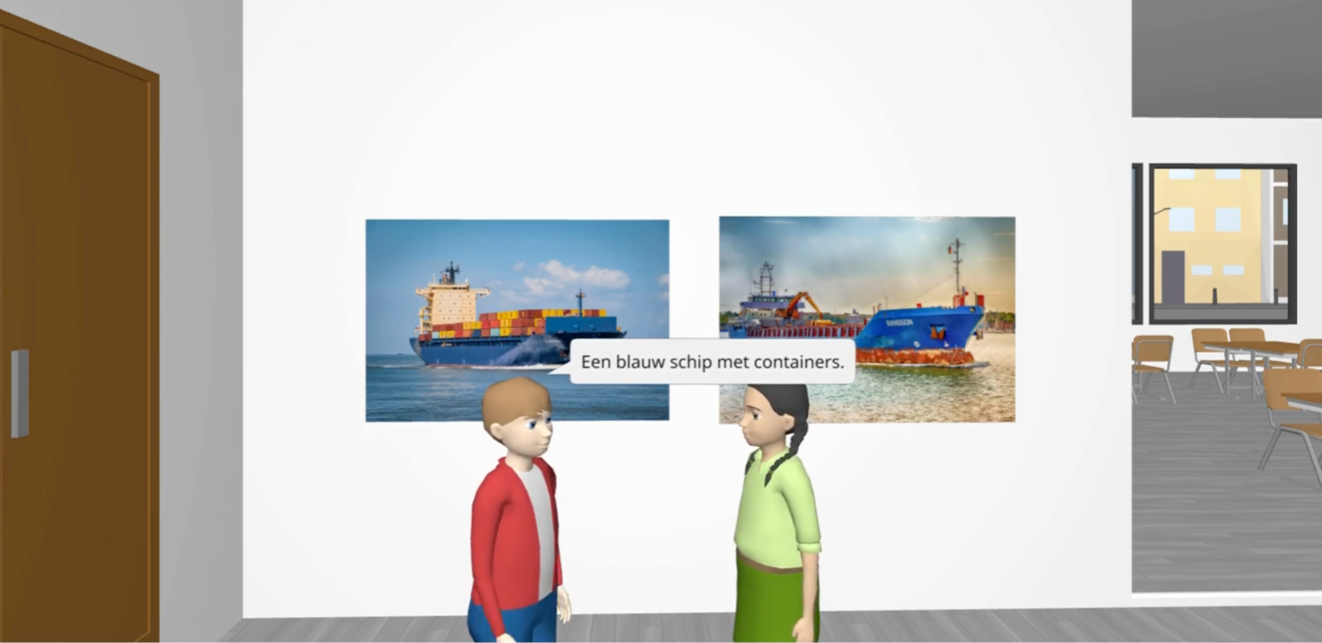Training Conversational Skills Using a VR Game: Effect of Immersion
DOI:
https://doi.org/10.17083/ijsg.v12i2.925Keywords:
virtual reality, immersion, barrier game, Conversation skills, Special Education, Primary EducationAbstract
In Dutch special education, less than half of the students achieve the desired target level for conversational skills. A VR barrier game can contribute to additional practice opportunities: players cannot see each other's actions, making the exchange of information (EoI) necessary to achieve the game’s goal. The purpose of this Educational Design Research study was to design and evaluate a digital barrier game for training conversational skills, in which players practice giving, receiving and clarifying information. The main research question was: "What is the difference between the immersive and the non-immersive version of a VR barrier game in terms of perceived efficiency, user satisfaction, and effectiveness in inducing EoI among special education students aged 9 to 13?” This within-subjects study involved 38 participants. Scores were above average in both the immersive and non-immersive conditions for efficiency (SUS score 72.30 and 69.47, respectively) and satisfaction (IMI score 5.80 and 5.44). The differences were not significant. In terms of effectiveness, both conditions elicited many EoI-oriented utterances (6.33 and 6.47 per minute, respectively), which were analyzed using a smaller sample size (n=26). In this paper, we address the lack of previous studies on training conversational skills and using VR in first language learning. The main takeaway is that immersion was not identified as a key factor influencing engagement in special education students completing a game-based task. Although it was not directly the goal of the study, the results suggest that the evaluated VR barrier game is potentially suitable for creating additional practice opportunities for EoI in special schools.

Downloads
Published
Issue
Section
License
Copyright (c) 2025 Rianne de Wit, Hugo Huurdeman

This work is licensed under a Creative Commons Attribution-NonCommercial-NoDerivatives 4.0 International License.
IJSG copyright information is provided here.